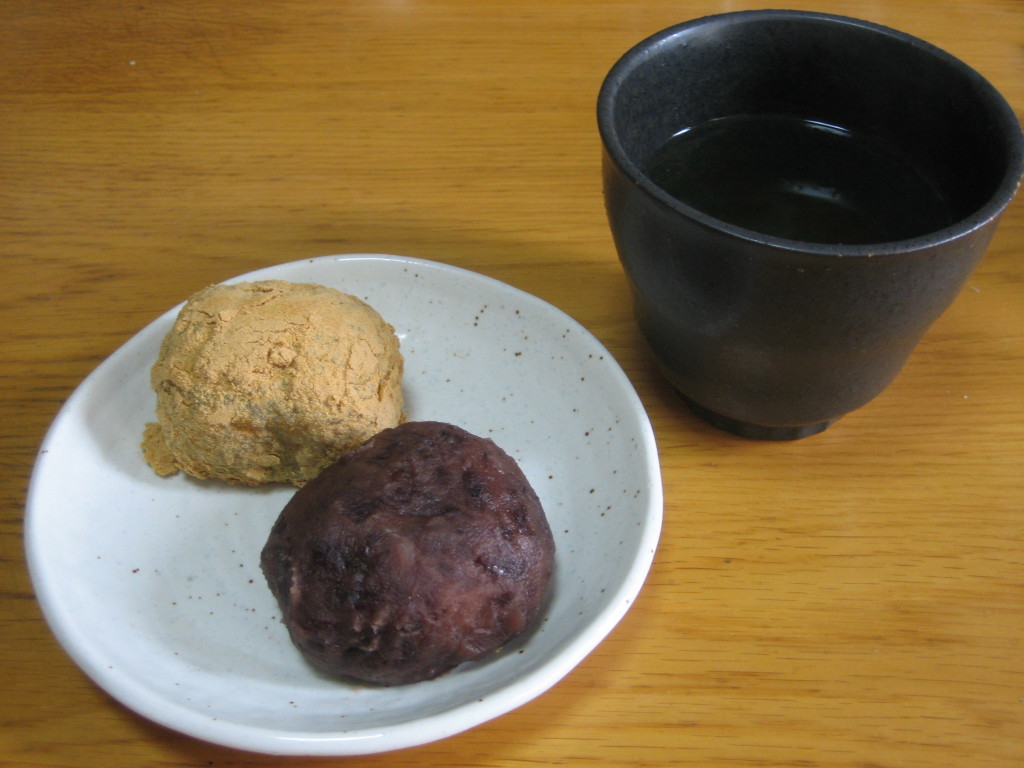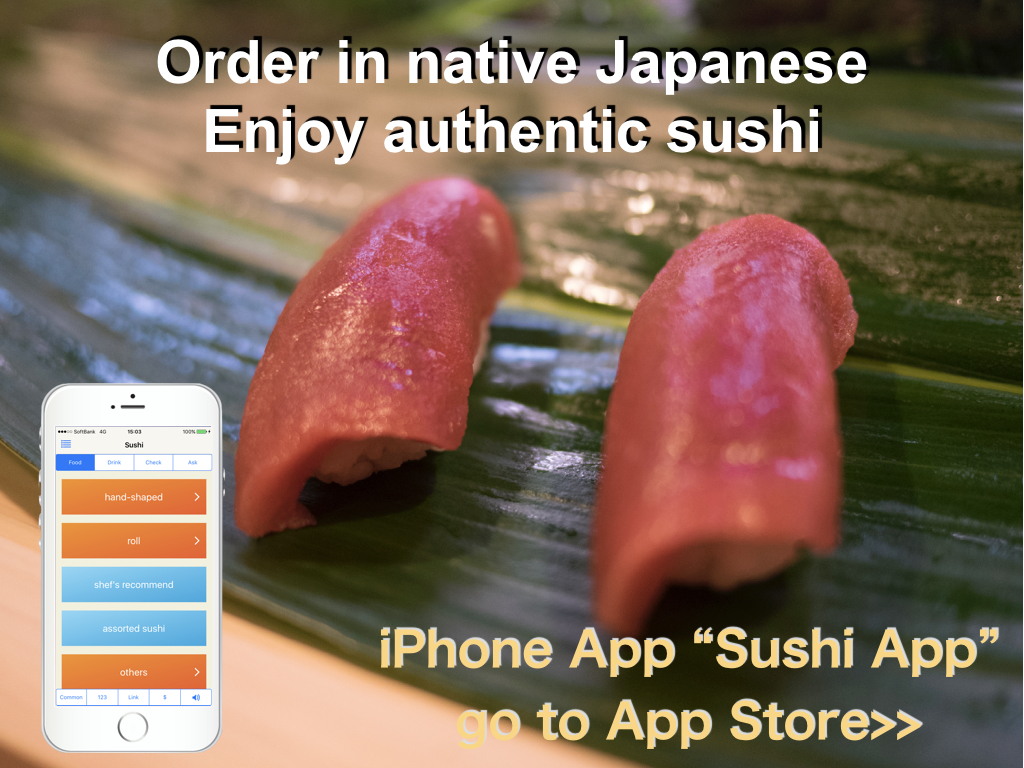Japanese sweets at Ohigan week (Ohagi / Botamochi)

Ohagi or Botamochi is a same food. Botamochi is served in spring, on the other hand, Ohagi is served in autumn. They are named after flower “Botan (peony)” and “Hagi (bush clover).”
Today, it is March 20th when the day is middle of equinoctial week (Ohigan). We have ohigan week in spring and autumn every year around the day which the time of day and night becomes same. In this week, we are offering ohagi / botamochi to the buddhist altar. Then we eat those sweets with appreciation to ancestors.
Many Japanese people are buddhist regardless they are pious or not. Many families have buddhist altar in order to honor their ancestors. During ohigan week, many people go to grave and tell appreciation to ancestors.
It is the custom related to buddhism that we serve ohagi / botamochi at ohigan. So this sweet is primary for ancestors, not for us. Of course, ancestors had already deied and cannot eat them. We receive it from altar and the eat.
This custom seems to be only in Japan. Ohigan has been since early 9th century, but it is very Japan local ceremony.
Ohagi / Botamochi is a kind of rice cake. But it is different from omochi which is served at new year day. Omochi is just a paste of rice, but ohagi / botamochi is something like half paste. It means it has still some grain of rice. The dark brown one in above photo is that rice cake is wrapped by child bean paste. The light brown one is child bean paste is wrapped by rice cake and has coating of soy flour.
Frankly speaking, we don’t usually eat these kind of sweets. Current casual sweets are cake, chocolate, snacks like potato chips etc. As I mentioned before, ohigan has very long history (more than 1200 years) and it is still been keeping today’s people.

